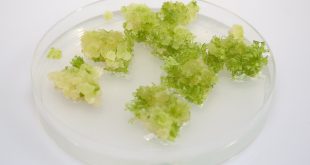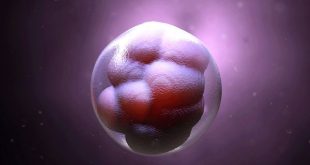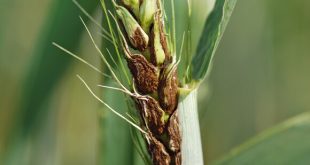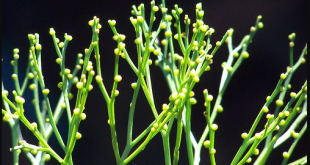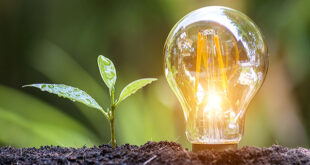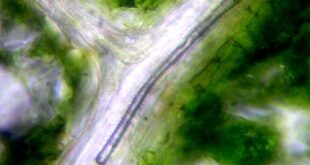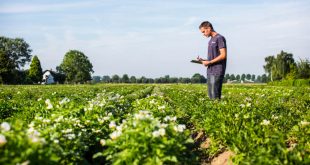We’ve all enjoyed the sweet, juicy taste of fresh strawberries, but have you ever wondered what those tiny white dots on the surface are? Many people mistake them for seeds, but they’re actually a completely different part of the fruit. In this article, we’ll take a closer look at those …
Read More »Exploring The ‘Doomsday’ Seed Vault: VR Tour
The “Doomsday” Seed Vault, also known as the Svalbard Global Seed Vault, is a secure facility located on a remote island in Norway. Its purpose is to preserve the world’s plant biodiversity by storing seeds from crop plants, wild relatives, and other plant species in case of a global catastrophe. …
Read More »Establishing Calluses: Tissue Culture
Callus culture is a widely used technique in plant research and breeding. It involves inducing the formation of calluses, which are undifferentiated masses of cells that can be regenerated into whole plants. Establishing and maintaining calluses in tissue culture is a crucial step in many plant research studies. However, it …
Read More »Cellular Totipotency: From A Single Cell to A Fully-Formed Organism
Creating a fully-formed organism from a single cell is one of the most remarkable feats of biology. While this may seem like a daunting task, every living organism begins its life as a single cell that has the potential to differentiate and develop into every type of cell found in …
Read More »Crop Diseases: Top 10 Economic Importance
Crop diseases are a major concern for farmers and agricultural economies worldwide. These diseases can significantly impact crop yields and quality, leading to economic losses and food insecurity. In this article, we will discuss the ten most important economic impacts of crop diseases. 1. Yield Reduction Crop diseases can have …
Read More »Psilophyta: The Simplest Form of Vascular Plants
Plants have been a crucial part of the earth’s ecosystem for millions of years. From towering trees to tiny mosses, they have diversified and adapted to various environments. One group of plants that has remained relatively unchanged for hundreds of millions of years is the Psilophyta, also known as whisk …
Read More »Greenwashing: A Technique to Deceive Environmentalists
Greenwashing is an evolutionary technique developed by large corporations. It’s an emerging strategy to deceive environmentalists. Like every other country, many large companies in Bangladesh are also following this technique to grab the attention of people who are prone to buy products from environment-friendly companies, not from others. This strategy …
Read More »Houseplants in Future: Our At-Home Power Plant
While imagining the future, we think about a lot of things like flying cars, robots assisting humans, and even time machines. But do we ever imagine ourselves depending on plants to watch TV, turn on fans, or even charge our mobile phones? For now, it may seem hard to create …
Read More »Cavitation and Embolism: Bubbles in The Stem!
Water transportation seems comparatively a simple phenomenon than how plants communicate with each other or the studies regarding whether they feel any pain. Because the transportation system seems so obvious and uninteresting there has been little research on this topic and there lie many other things that are still unknown. …
Read More »Release of An Improved Variety from Lab to Farmers: Part 2
A variety is a genotype or group of genotypes approved for commercial cultivation by the Variety Release Committee and the Bangladesh government. A variety is also termed as ‘cultivar.’ The new variety should have morphological, physiological, and biochemical traits that set it apart from existing cultivars. In addition, it should …
Read More » Plantlet The Blogging Platform of Department of Botany, University of Dhaka
Plantlet The Blogging Platform of Department of Botany, University of Dhaka


